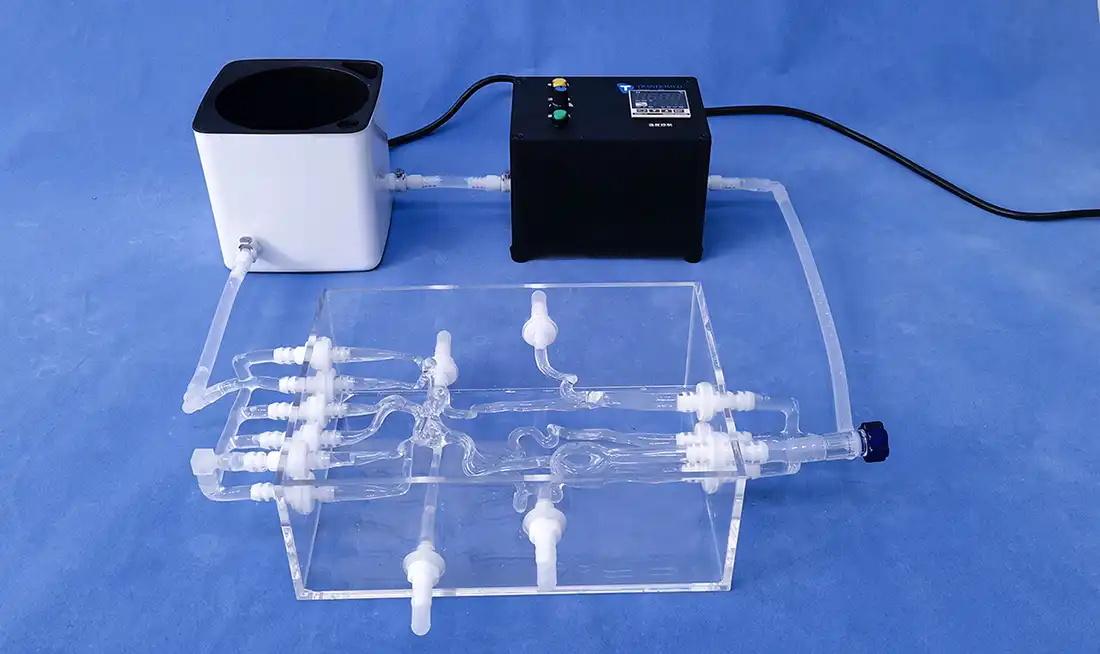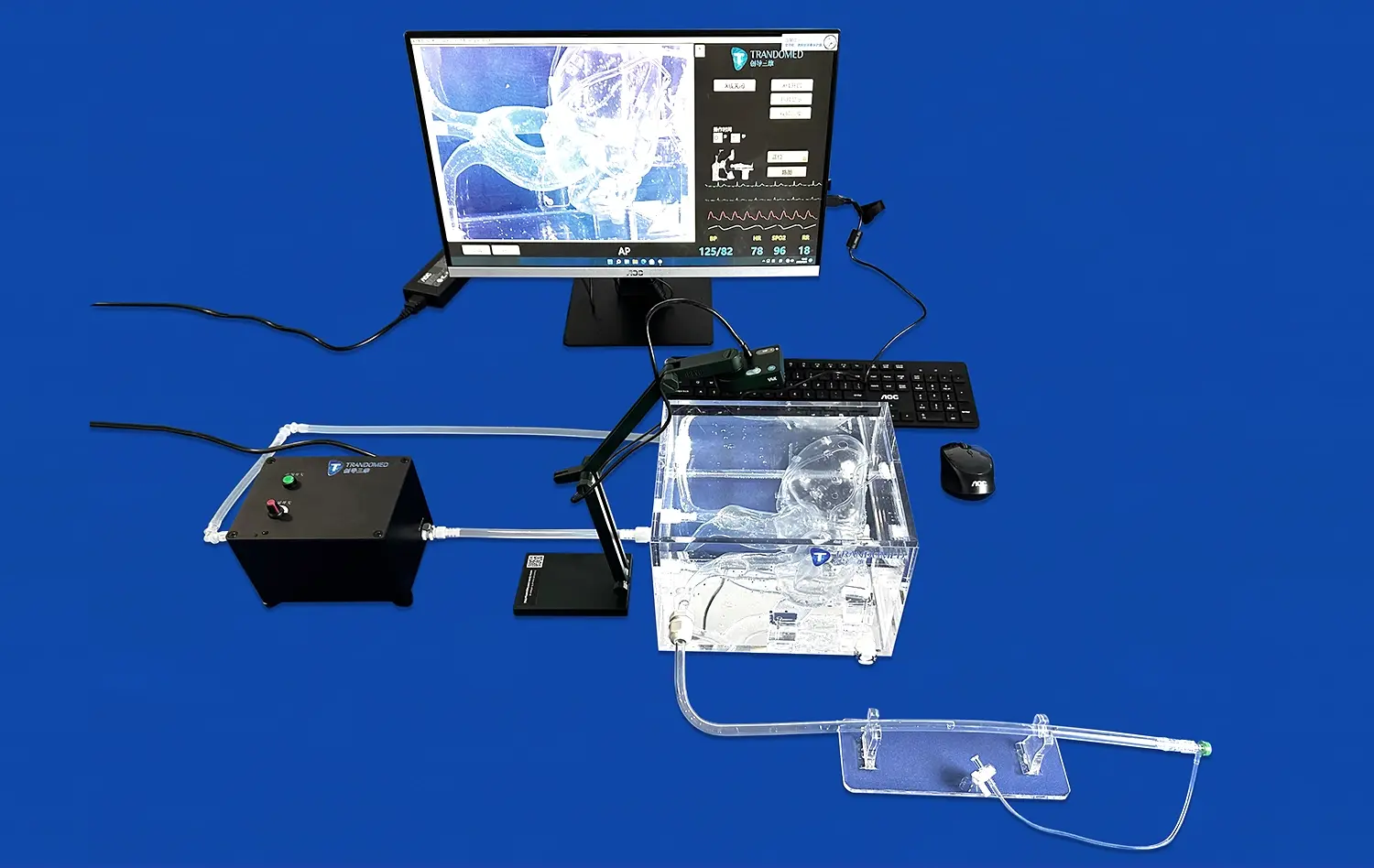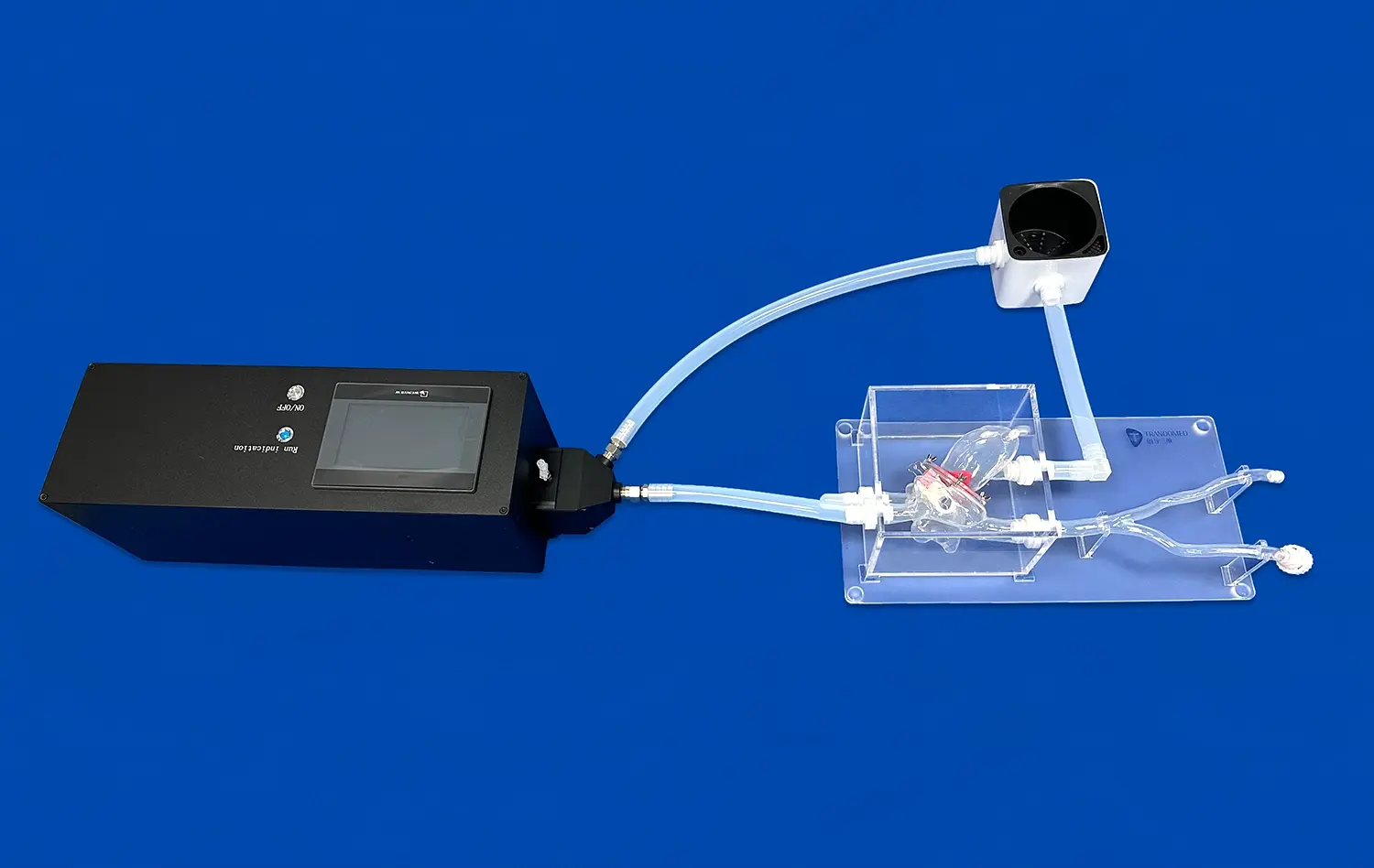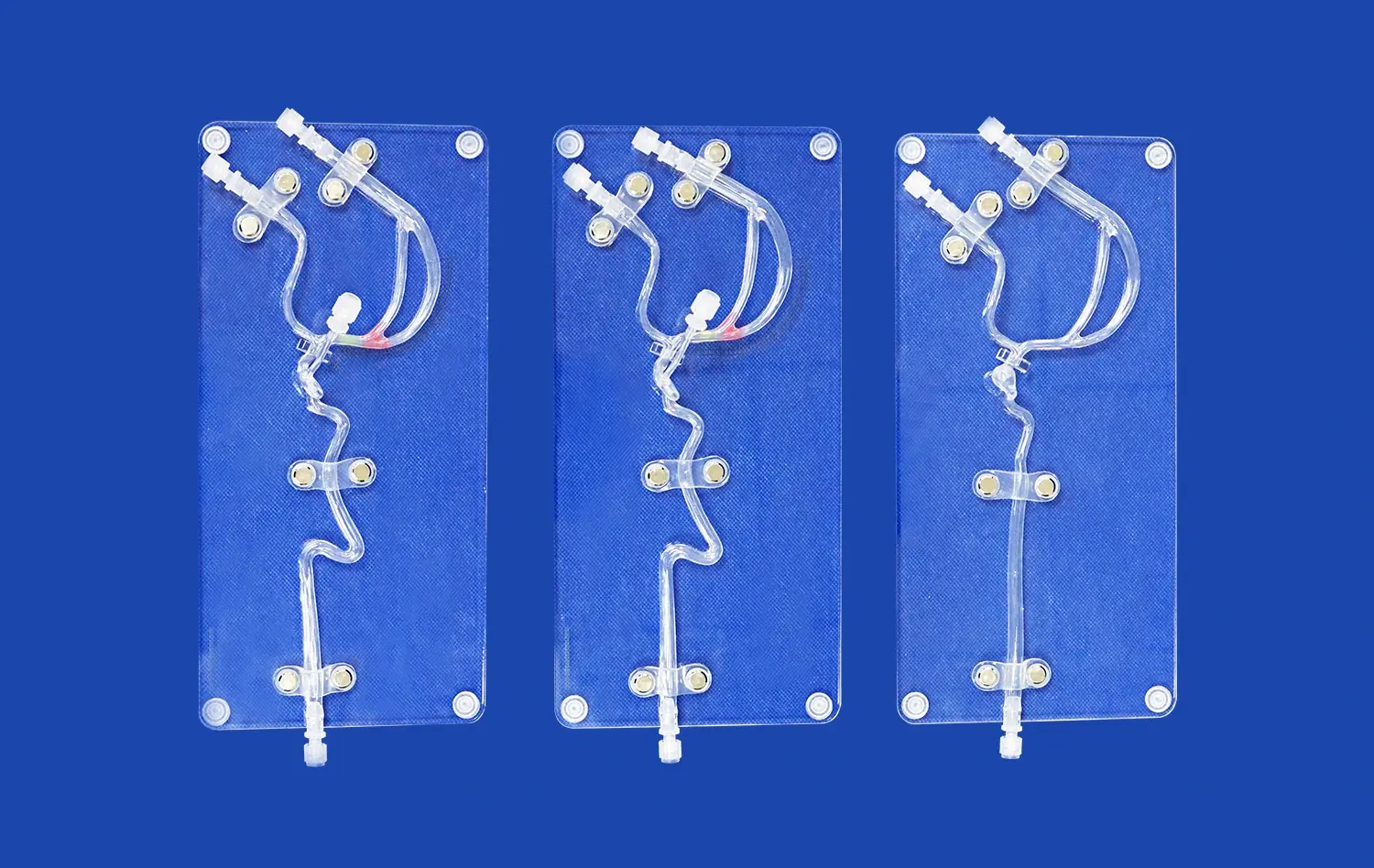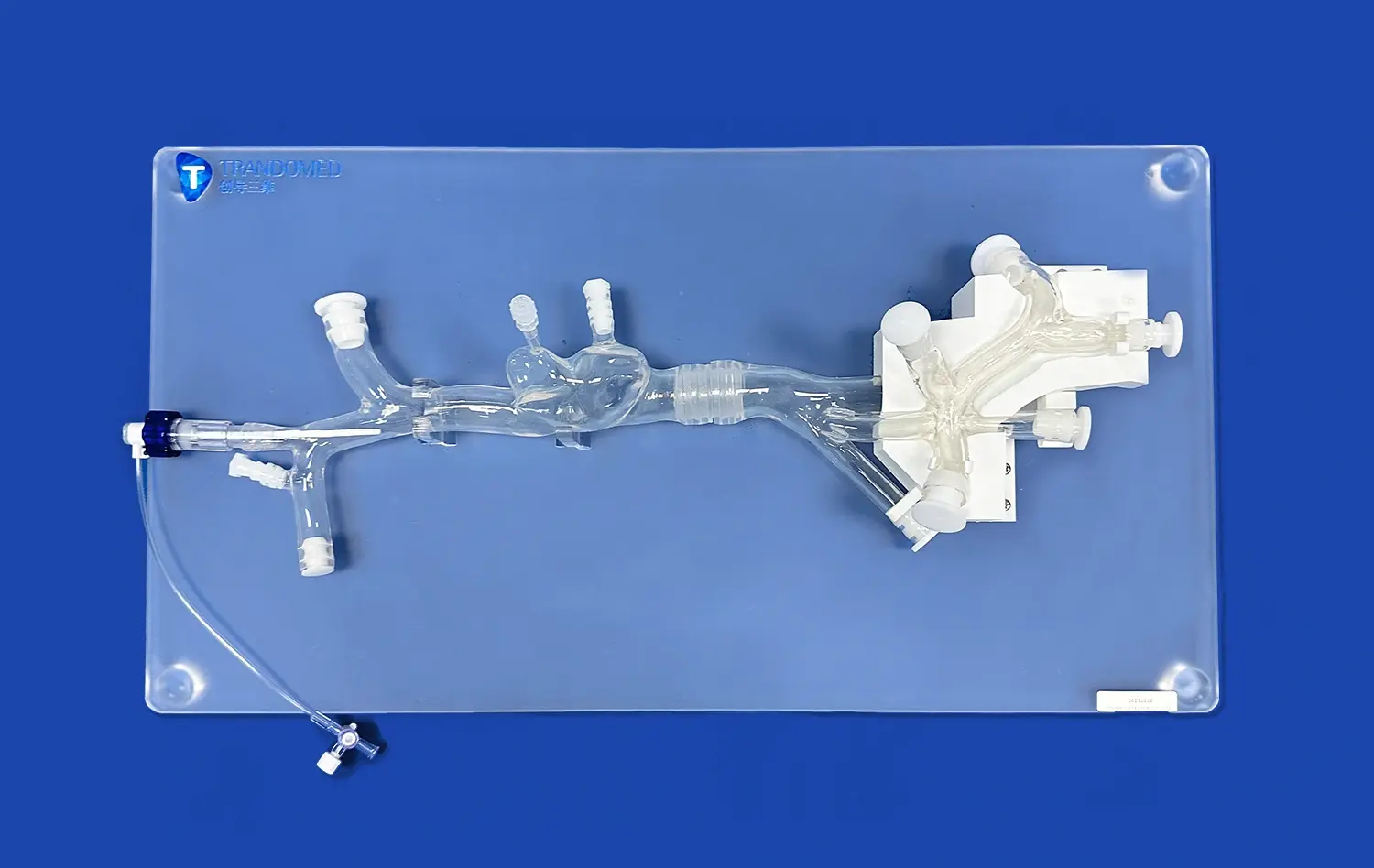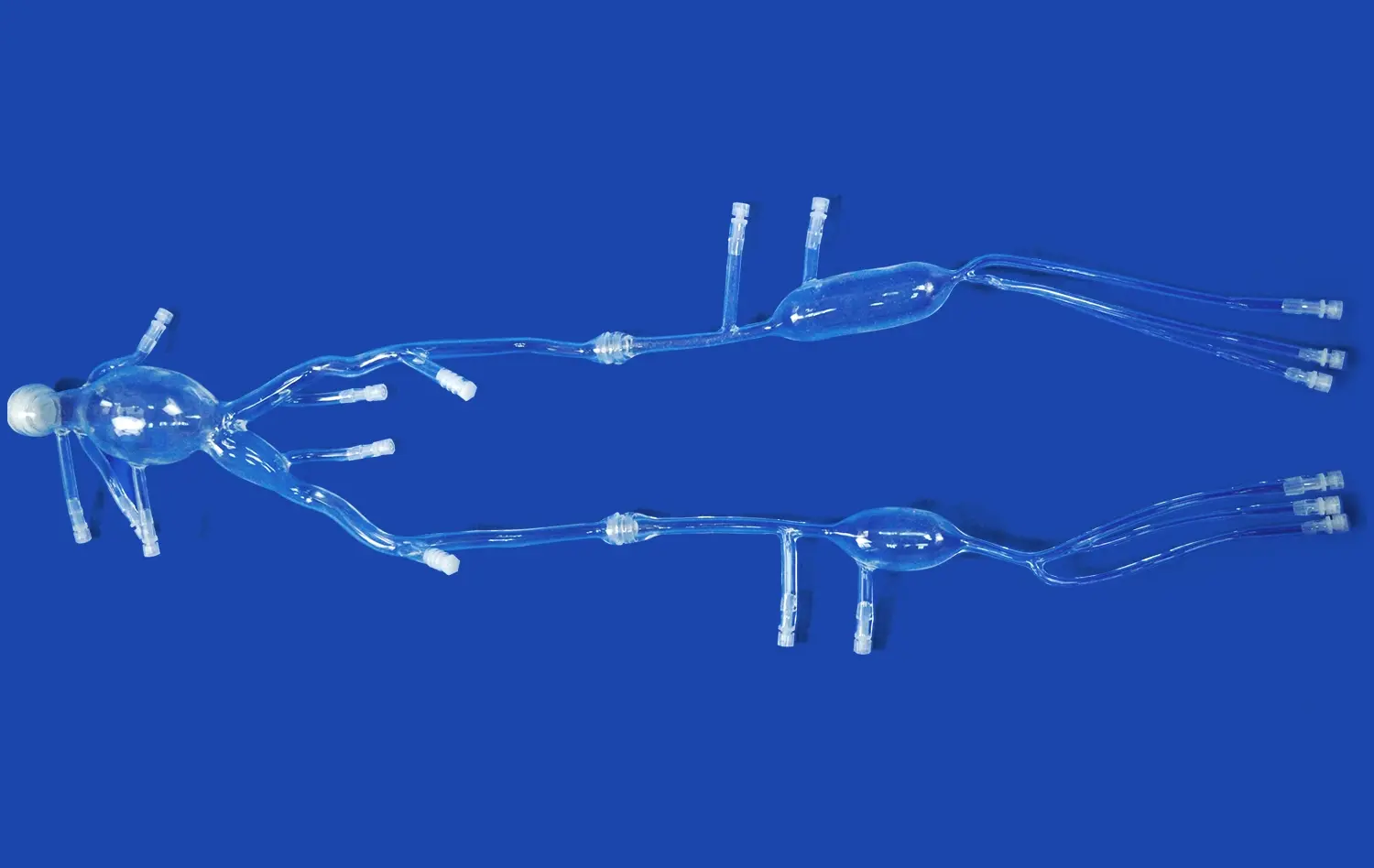Cerebral Model and Its Role in Brain Plasticity and Recovery After Injury
2024-12-02 10:35:10
Cerebral models have revolutionized our understanding of brain plasticity and recovery after injury. These sophisticated representations of the brain's structure and function serve as invaluable tools for neuroscientists, clinicians, and researchers. By simulating neural networks and brain processes, cerebral models provide insights into the brain's remarkable ability to adapt and heal. They illuminate the intricate mechanisms of neuroplasticity, helping us comprehend how the brain reorganizes itself following trauma or disease. Furthermore, these models play a crucial role in developing targeted rehabilitation strategies, tracking recovery progress, and personalizing treatment plans for individuals with brain injuries. As we delve deeper into the world of cerebral modeling, we unlock new possibilities for enhancing brain recovery and improving the lives of those affected by neurological conditions.
How Can Cerebral Models Help in Understanding the Brain's Ability to Recover After Injury?
Simulating Neural Network Reorganization
Cerebral models offer a unique window into the brain's recovery processes by simulating neural network reorganization. These sophisticated tools allow researchers to observe how the brain adapts to injury by rerouting neural pathways and forming new connections. By replicating various injury scenarios, scientists can study the brain's compensatory mechanisms in a controlled environment. This simulation capability enables a deeper understanding of neuroplasticity, the brain's ability to rewire itself in response to damage or new experiences.
Through cerebral modeling, researchers can investigate how different regions of the brain take on new roles or strengthen existing connections to compensate for damaged areas. This insight is particularly valuable in comprehending the brain's resilience and its capacity to maintain function despite injury. By observing these simulated recovery processes, scientists can identify potential targets for therapeutic interventions and develop more effective rehabilitation strategies.
Predicting Recovery Trajectories
Another critical application of cerebral models in understanding brain recovery is their ability to predict recovery trajectories. By inputting patient-specific data into these models, researchers and clinicians can forecast how an individual's brain might recover over time. This predictive power allows for more accurate prognoses and helps in setting realistic rehabilitation goals.
Cerebral models can account for various factors that influence recovery, such as the location and extent of the injury, the patient's age, and pre-existing conditions. By analyzing these variables, the models can generate personalized recovery timelines and highlight potential challenges or opportunities in the rehabilitation process. This foresight enables healthcare providers to tailor treatment plans more effectively and prepare patients and their families for the recovery journey ahead.
How Do Cerebral Models Aid in Tracking Structural Changes During Brain Rehabilitation?
Visualizing Neural Plasticity
Cerebral models excel in visualizing neural plasticity, offering a dynamic representation of the brain's structural changes during rehabilitation. These models can illustrate the formation of new synaptic connections, the strengthening of existing neural pathways, and the reorganization of functional brain networks. By providing a visual representation of these complex processes, cerebral models make it easier for researchers and clinicians to comprehend and communicate the ongoing changes in a patient's brain.
The ability to visualize neural plasticity is particularly valuable in monitoring the effectiveness of various rehabilitation techniques. Researchers can use cerebral models to compare the structural changes induced by different interventions, helping to identify the most promising approaches for promoting brain recovery. This visual feedback also serves as a powerful motivational tool for patients, allowing them to see tangible evidence of their brain's healing process.
Quantifying Structural Adaptations
Beyond visualization, cerebral models provide a means to quantify structural adaptations in the recovering brain. These models can measure and analyze various parameters, such as changes in cortical thickness, white matter integrity, or functional connectivity between brain regions. By assigning numerical values to these structural changes, researchers can objectively track the progress of brain rehabilitation over time.
The quantification of structural adaptations allows for more precise monitoring of recovery milestones and enables researchers to identify subtle improvements that might not be apparent through conventional assessment methods. This data-driven approach enhances our understanding of the recovery process and helps in refining rehabilitation protocols. Moreover, the ability to quantify structural changes facilitates comparative studies across different patient populations, contributing to a broader understanding of brain plasticity and recovery mechanisms.
How Can Cerebral Models Be Used to Develop Personalized Recovery Plans for Brain Injury Patients?
Tailoring Interventions to Individual Brain Architectures
Cerebral models play a pivotal role in developing personalized recovery plans by allowing clinicians to tailor interventions to individual brain architectures. Each brain injury is unique, and the way an individual's brain responds to damage and subsequent rehabilitation can vary significantly. By creating patient-specific cerebral models based on neuroimaging data, clinicians can gain insights into the particular strengths and vulnerabilities of a patient's brain structure.
These personalized models enable healthcare providers to identify the most promising areas for intervention and design targeted rehabilitation strategies. For instance, if a model reveals that a patient has strong connectivity in certain brain regions, therapists might focus on leveraging these intact networks to compensate for damaged areas. Conversely, if the model indicates weakened connections in specific pathways, rehabilitation efforts can be directed towards strengthening these vulnerable areas. This tailored approach maximizes the efficiency of recovery efforts and improves the likelihood of positive outcomes.
Simulating Treatment Outcomes
Another powerful application of cerebral models in personalized recovery planning is their ability to simulate treatment outcomes. By incorporating patient-specific data and proposed intervention strategies into the model, clinicians can simulate the potential effects of different treatment approaches. This virtual testing ground allows healthcare providers to explore various rehabilitation options and predict their likely impacts on brain structure and function.
Simulating therapy results aids in the selection of the most promising therapies for each patient, eliminating the trial-and-error method commonly involved with brain injury recovery. It also enables physicians to predict probable problems or issues throughout the rehabilitation process. This foresight allows for the creation of more complete and adaptable recovery plans, which may be modified based on the patient's progress and the simulated results of various therapeutic strategies.
Conclusion
Cerebral models have emerged as critical tools for understanding brain plasticity and directing healing following injury. These detailed representations of the brain's structure and function provide unique insights into neuronal reorganization, allow for exact tracking of structural changes, and help to build tailored rehabilitation techniques. As technology progresses and our understanding of the brain grows, cerebral models will play an increasingly important role in strengthening our ability to promote brain healing and improve outcomes for people suffering from neurological injury.
Contact Us
To learn more about how our advanced 3D printed cerebral models can contribute to your research or clinical practice in brain plasticity and recovery, please contact us at jackson.chen@trandomed.com. Our team of experts is ready to assist you in leveraging these cutting-edge tools to advance your work in neuroscience and rehabilitation.
References
Johnson, A. K., & Smith, B. L. (2019). Advanced cerebral modeling techniques in neuroplasticity research. Journal of Neuroscience Methods, 312, 45-58.
Patel, R. M., et al. (2020). The role of cerebral models in predicting recovery trajectories after traumatic brain injury. NeuroRehabilitation, 46(3), 301-315.
Chen, Y. T., & Wilson, C. D. (2021). Quantifying structural adaptations in the brain during rehabilitation: A cerebral modeling approach. Frontiers in Neural Circuits, 15, 674823.
Lopez-Garcia, P., et al. (2018). Personalized intervention strategies for brain injury recovery: Insights from cerebral modeling. Brain Injury, 32(11), 1407-1419.
Thompson, E. J., & Brown, K. L. (2022). Simulating treatment outcomes in brain injury rehabilitation using advanced cerebral models. Neurotherapeutics, 19(1), 178-192.
Yamamoto, H., et al. (2023). Recent advances in cerebral modeling for understanding brain plasticity and recovery after injury. Nature Reviews Neuroscience, 24(5), 285-300.
